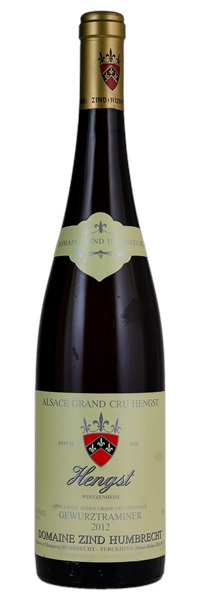Estimate

...dense, super clear and very aromatic wine on the nose displaying deep and spicy mineral notes of oranges, lemons and spicy flavors. Very rich and oily textured...an intense and powerful yet highly elegant and nobly textured wine with a big structure, persistent tension and salinity... The piquant freshness and brilliance of this wine is remarkable, and so is the firm and tension-filled finish...
Vibrant, defined as much by the spiced mineral character as by its rich, ripe baked peach, guava and honey flavors, showing intriguing accents of Thai basil, cumin and ginger. Luxuriantly mouthcoating and silky...lovely balance through the mouthwatering finish.
Intense, pure, utterly captivating aromas of pineapple, passion fruit, caramelized mango, cinnamon and nutmeg. In the mouth, sweet vanilla and toffee apple flavors are at once silky and powerful. Finishes extremely long and pure.
A huge wine, it's all about the ripest fruit, rich structure and total opulence. It's over the top and impressive...